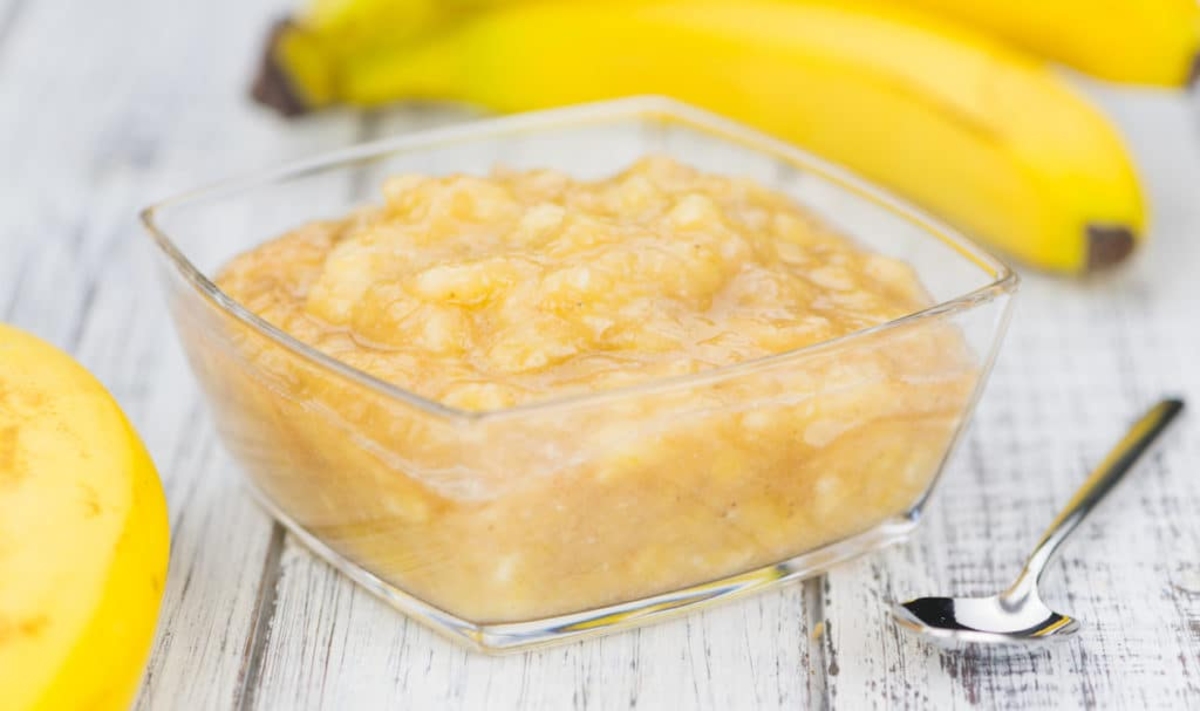

Articles
How To Store Mashed Bananas
Modified: February 24, 2024
Learn how to properly store mashed bananas to keep them fresh and ready for your favorite recipes. Find helpful tips and advice in our articles section.
(Many of the links in this article redirect to a specific reviewed product. Your purchase of these products through affiliate links helps to generate commission for Storables.com, at no extra cost. Learn more)
Introduction
Whether you use mashed bananas for baking, baby food, or smoothies, knowing how to store them properly is essential. Mashed bananas are a versatile and nutritious ingredient that can add flavor and moisture to a wide range of dishes. However, if not stored correctly, mashed bananas can spoil quickly, leading to waste and disappointment.
In this article, we will explore the benefits of storing mashed bananas and provide you with step-by-step instructions on how to do it effectively. We’ll also share some valuable tips and tricks to ensure that your mashed bananas stay fresh and delicious for an extended period of time.
So, if you’ve ever found yourself with leftover mashed bananas and wondered how to preserve them, keep reading. By following our advice, you’ll be able to enjoy the convenience of always having mashed bananas on hand, ready to use in your favorite recipes.
Let’s dive in!
Key Takeaways:
- Store mashed bananas in the refrigerator or freezer to save time, extend shelf life, and reduce waste. Use airtight containers, portion them, and label for optimal storage.
- Utilize stored mashed bananas in baking, smoothies, baby food, and more to enhance flavor and texture. Experiment with recipes and enjoy the convenience of having this versatile ingredient readily available.
Read more: How To Store Mashed Avocado
Why Store Mashed Bananas?
Storing mashed bananas offers several key benefits, making it a worthwhile practice for anyone who frequently uses this ingredient.
1. Convenience: By storing mashed bananas, you can save time and effort in the kitchen. Having pre-mashed bananas on hand means you won’t have to go through the process of peeling and mashing them every time you need to use them in a recipe. This can be particularly helpful when you’re in a hurry or when you want to prepare a dish with minimum prep work.
2. Extended Shelf Life: Mashed bananas have a relatively short shelf life when left at room temperature. By properly storing them in the refrigerator or freezer, you can significantly extend their freshness. This allows you to buy bananas in bulk or take advantage of sales without worrying about them spoiling before you have a chance to use them.
3. Versatility: Mashed bananas can be used in a wide variety of recipes, from mashed banana bread and pancakes to smoothies and baby food. By having them readily available, you can easily incorporate them into your favorite dishes, adding natural sweetness and moisture. This versatility makes mashed bananas a valuable ingredient to have on hand for both sweet and savory recipes.
4. Avoiding Waste: Bananas can ripen quickly, and once they become overripe, they may no longer be appetizing to eat as-is. Instead of throwing them away, mashing and storing them allows you to repurpose them for future use. This not only helps to reduce food waste but also saves you money in the long run.
Now that you understand the benefits of storing mashed bananas, let’s move on to the next section, where we’ll explore how to choose the right bananas for mashing.
Choosing the Right Bananas
When it comes to selecting bananas for mashing and storing, the ripeness of the bananas plays a crucial role. Here are some tips to help you choose the right bananas:
1. Fully Ripe: The ideal bananas for mashing and storing are those that are fully ripe. Look for bananas that have a vibrant yellow peel with some brown speckles. These bananas will be softer and sweeter, making them easier to mash and adding a natural sweetness to your recipes.
2. Avoid Green Bananas: Green bananas are not suitable for mashing as they are under-ripe and lack the desired sweetness and texture. While they will eventually ripen, they won’t provide the same flavor and consistency as fully ripe bananas.
3. Spotting Overripe Bananas: While overripe bananas can still be used for mashing, they may have a strong flavor and mushy texture. If you prefer a milder taste and firmer consistency, it’s best to use fully ripe bananas. However, if you have overripe bananas on hand, they can be a great option for making extra sweet dishes or banana bread.
4. Quantity: Consider the amount of mashed banana you need for your recipes. If you’re planning to use a large quantity, it’s a good idea to buy bananas in bulk. This way, you can ensure you have enough bananas for mashing and storing without having to make frequent trips to the grocery store.
After selecting the right bananas, the next step is to prepare them for mashing. In the next section, we will guide you through the process of preparing bananas for optimal storage and usage.
Preparing the Bananas
Before you start mashing and storing bananas, there are a few simple steps you should follow to ensure optimal storage and usage:
1. Peel the Bananas: Start by peeling the bananas. Gently hold the banana with one hand and use your other hand to peel the skin from the top. Proceed to remove the peel entirely, making sure to discard it properly.
2. Mash the Bananas: Once the bananas are peeled, it’s time to mash them. You can use a potato masher, a fork, or even a blender, depending on the desired texture. If you prefer a smooth and consistent texture, a blender or food processor can be a great option. If you prefer a slightly chunkier texture, a fork or potato masher will do the job just fine.
3. Add Lemon Juice (optional): If you want to prevent the mashed bananas from browning too quickly, you can optionally add a bit of lemon juice. Lemon juice contains citric acid, which helps slow down oxidation and maintain the color of the bananas. Squeeze some fresh lemon juice onto the mashed bananas and gently mix it in.
4. Portion the Mashed Bananas: Consider portioning the mashed bananas into smaller containers or freezer bags. This makes it more convenient to grab the precise amount you need for a recipe without thawing the entire batch.
5. Label and Date: Don’t forget to label your containers or freezer bags with the contents and date of preparation. This will help you keep track of the freshness and ensure you use them in a timely manner.
By following these simple steps, you will have perfectly prepared mashed bananas ready for storage. In the next sections, we’ll explore the two main methods of storing mashed bananas: in the refrigerator and in the freezer.
Storing Mashed Bananas in the Refrigerator
The refrigerator is an excellent option for short-term storage of mashed bananas. Follow these steps to properly store mashed bananas in the refrigerator:
1. Choose the right container: Transfer the mashed bananas into an airtight container. This will help prevent air exposure, which can cause the bananas to brown and deteriorate faster. Glass or plastic containers with tight-fitting lids are ideal for this purpose.
2. Fill the container appropriately: Fill the container with the mashed bananas, leaving some room at the top for expansion. This space helps prevent the container from bursting or leaking as the bananas freeze and expand slightly in the freezer.
3. Smooth the surface: To minimize the chances of browning and oxidation, smooth out the surface of the mashed bananas. This can be done with the back of a spoon or a spatula, ensuring there are no air pockets or exposed areas.
4. Seal and refrigerate: Seal the container tightly, ensuring there is no air trapped inside. Then, place it in the refrigerator. Mashed bananas stored in the refrigerator can typically last for up to 3-4 days.
When using refrigerated mashed bananas, be sure to check for any signs of spoilage, such as a strange smell or mold growth. If you notice any of these signs, it’s best to discard the mashed bananas to avoid any potential health risks.
Now that you know how to store mashed bananas in the refrigerator, let’s move on to the next section, where we’ll explore the method for freezing mashed bananas.
Store mashed bananas in an airtight container in the refrigerator to prevent browning. Adding a splash of lemon juice can also help preserve their color.
Read more: How To Store A Banana
Freezing Mashed Bananas
Freezing mashed bananas is an excellent way to preserve them for an extended period. Here is a step-by-step guide on how to freeze mashed bananas:
1. Portion the mashed bananas: Divide the mashed bananas into individual portions according to your needs. This will make it easier to thaw and use the desired amount without having to defrost the entire batch.
2. Select freezer-safe containers: Choose freezer-safe containers or resealable freezer bags for storing the mashed bananas. Make sure they are airtight and can withstand freezing temperatures without cracking or leaking.
3. Fill the containers: Fill the containers or bags with the mashed bananas, leaving some space at the top for expansion during freezing. It’s best to leave about half an inch of headspace to accommodate any expansion without causing the containers to break.
4. Label and date: Label each container or bag with the contents and the date of freezing. This will help you keep track of the freshness and ensure you use them within the recommended time frame.
5. Freeze: Place the containers or bags in the freezer and make sure they are laid flat to allow for even freezing and easy stacking. Avoid overcrowding the freezer, as this can affect the freezing process.
Mashed bananas can be safely stored in the freezer for up to 6 months. However, for the best results in terms of flavor and texture, it’s recommended to use them within 3 to 4 months.
When you’re ready to use the frozen mashed bananas, simply remove the desired portion from the freezer and thaw it in the refrigerator overnight or using the defrost setting on your microwave. Thawed mashed bananas may appear slightly watery, but they can still be used in various recipes without compromising taste or texture.
Now that you know how to freeze mashed bananas, let’s move on to the next section, where we’ll discuss the different ways you can use your stored mashed bananas.
Using Stored Mashed Bananas
Stored mashed bananas can be a versatile ingredient in a variety of recipes. Here are some delicious ways to make use of your frozen or refrigerated mashed bananas:
1. Baking: Frozen mashed bananas are perfect for baking. You can add them to banana bread, muffins, pancakes, and even cakes. The natural sweetness and moist texture of mashed bananas will enhance the flavor and provide a delightful depth to your baked goods.
2. Smoothies: Add a boost of flavor and nutrition to your smoothies by incorporating mashed bananas. They serve as an excellent natural sweetener and add a creamy consistency to your favorite smoothie recipes. Simply blend the frozen mashed bananas with your choice of fruits, yogurt, and any other desired ingredients.
3. Baby Food: If you have little ones at home, stored mashed bananas can be a convenient and nutritious option for homemade baby food. Thaw a small portion of mashed bananas, and you’ll have a ready-to-eat, healthy snack for your little one.
4. Ice Cream and Sorbets: Frozen mashed bananas can be a fantastic base for homemade ice cream or sorbets. Blend the thawed mashed bananas with your favorite ingredients, such as cocoa powder or berries, and freeze the mixture. You’ll be treated to a creamy, dairy-free frozen treat.
5. Protein Shakes: For a protein-packed post-workout drink, add mashed bananas to your protein shakes. The natural sugars in bananas will provide energy, and the bananas themselves will add a smooth and satisfying texture to your shakes.
6. Sauces and Dressings: Mashed bananas can also be used to create unique and flavorful sauces and dressings. Combine them with ingredients like yogurt, nut butter, or spices to make delicious toppings for pancakes, salads, or even grilled meats.
These are just a few examples of how you can utilize stored mashed bananas in your culinary creations. Feel free to experiment and get creative with your recipes to discover more delightful ways to enjoy this versatile ingredient.
In the next section, we’ll provide you with some valuable tips and tricks to further enhance your experience of storing mashed bananas.
Tips and Tricks for Storing Mashed Bananas
To ensure the best results when storing mashed bananas, consider the following tips and tricks:
1. Use airtight containers: Opt for airtight containers or resealable freezer bags to store mashed bananas. This will prevent air exposure and minimize the risk of freezer burn or spoilage.
2. Properly label and date: Always label your containers or bags with the contents and date of preparation. This will help you keep track of the freshness and ensure you use them within the recommended time frame.
3. Portion control: Divide the mashed bananas into individual portions before storing. This will make it easier to thaw and use the desired amount without having to defrost the entire batch.
4. Consider lemon juice: If you want to prevent the mashed bananas from browning too quickly, add a squeeze of fresh lemon juice before storing. The citric acid in lemon juice helps slow down oxidation and maintain the color of the bananas.
5. Thaw slowly: When you’re ready to use frozen mashed bananas, thaw them slowly in the refrigerator overnight. This gradual thawing process will help preserve the flavor and texture better than quick-thawing methods.
6. Use quality containers: Invest in high-quality freezer-safe containers or bags to prevent freezer burn and maintain the freshness of the mashed bananas. Make sure they are durable, airtight, and freezer-friendly.
7. Don’t re-freeze thawed mashed bananas: Once you have thawed mashed bananas, it’s best not to refreeze them. The texture and flavor may be compromised, and it increases the risk of foodborne illnesses.
8. Keep track of storage time: While mashed bananas can be stored in the refrigerator or freezer for months, it’s recommended to use them within 3-4 days in the refrigerator and within 3-4 months in the freezer for the best results.
9. Experiment with recipes: Don’t limit yourself to traditional recipes. Experiment with using mashed bananas in different dishes to discover unique and delicious flavor combinations.
By following these tips and tricks, you can maximize the storage life of mashed bananas and ensure that they remain fresh, flavorful, and ready to use whenever you need them.
Now that you’re equipped with all the knowledge and techniques for storing mashed bananas, you can enjoy the convenience of having this versatile ingredient readily available in your kitchen!
So go ahead, buy those extra bunches of bananas, mash them, store them, and unlock a world of culinary possibilities with stored mashed bananas!
Happy cooking!
Conclusion
Incorporating stored mashed bananas into your cooking routine can bring convenience, versatility, and flavor enhancement to your recipes. Whether you choose to store them in the refrigerator or freezer, proper storage techniques will ensure that your mashed bananas stay fresh and delicious for an extended period.
The benefits of storing mashed bananas are numerous. It saves you time, as you can easily grab pre-mashed bananas for immediate use without the hassle of peeling and mashing each time. You’ll also experience extended shelf life, allowing you to take advantage of bulk purchasing or those perfectly ripe bananas on sale without worrying about waste.
When choosing bananas, aim for fully ripe ones with a vibrant yellow color and some brown speckles. These bananas will provide the ideal sweetness and texture for mashing. Remember to prepare the bananas by peeling and mashing them, and consider adding a touch of lemon juice to prevent browning.
Storing mashed bananas in the refrigerator or freezer is a simple process. Use airtight containers or resealable freezer bags, portion the mashed bananas, and label them with the contents and date. In the refrigerator, mashed bananas can last for up to 3-4 days, while in the freezer, they can be safely stored for up to 6 months, but it is recommended to use them within 3-4 months for optimal quality.
Utilizing stored mashed bananas is limited only by your imagination. From baking to smoothies, baby food to sauces, mashed bananas can enhance the flavor and texture of a wide range of dishes. Be creative and explore the many delightful ways you can incorporate mashed bananas into your favorite recipes.
By following our tips and tricks, you can effectively store mashed bananas and enjoy their benefits to the fullest. Use airtight containers, thaw slowly when needed, and keep track of storage times to ensure the best quality.
So, don’t let your overripe bananas go to waste. Instead, mash and store them for future use. This simple yet practical technique will not only help save time and money but also provide you with a tasty ingredient always at your fingertips.
So, go ahead and start storing those mashed bananas, and let your culinary adventures begin!
Happy cooking and enjoy your perfectly stored mashed bananas!
Frequently Asked Questions about How To Store Mashed Bananas
Was this page helpful?
At Storables.com, we guarantee accurate and reliable information. Our content, validated by Expert Board Contributors, is crafted following stringent Editorial Policies. We're committed to providing you with well-researched, expert-backed insights for all your informational needs.
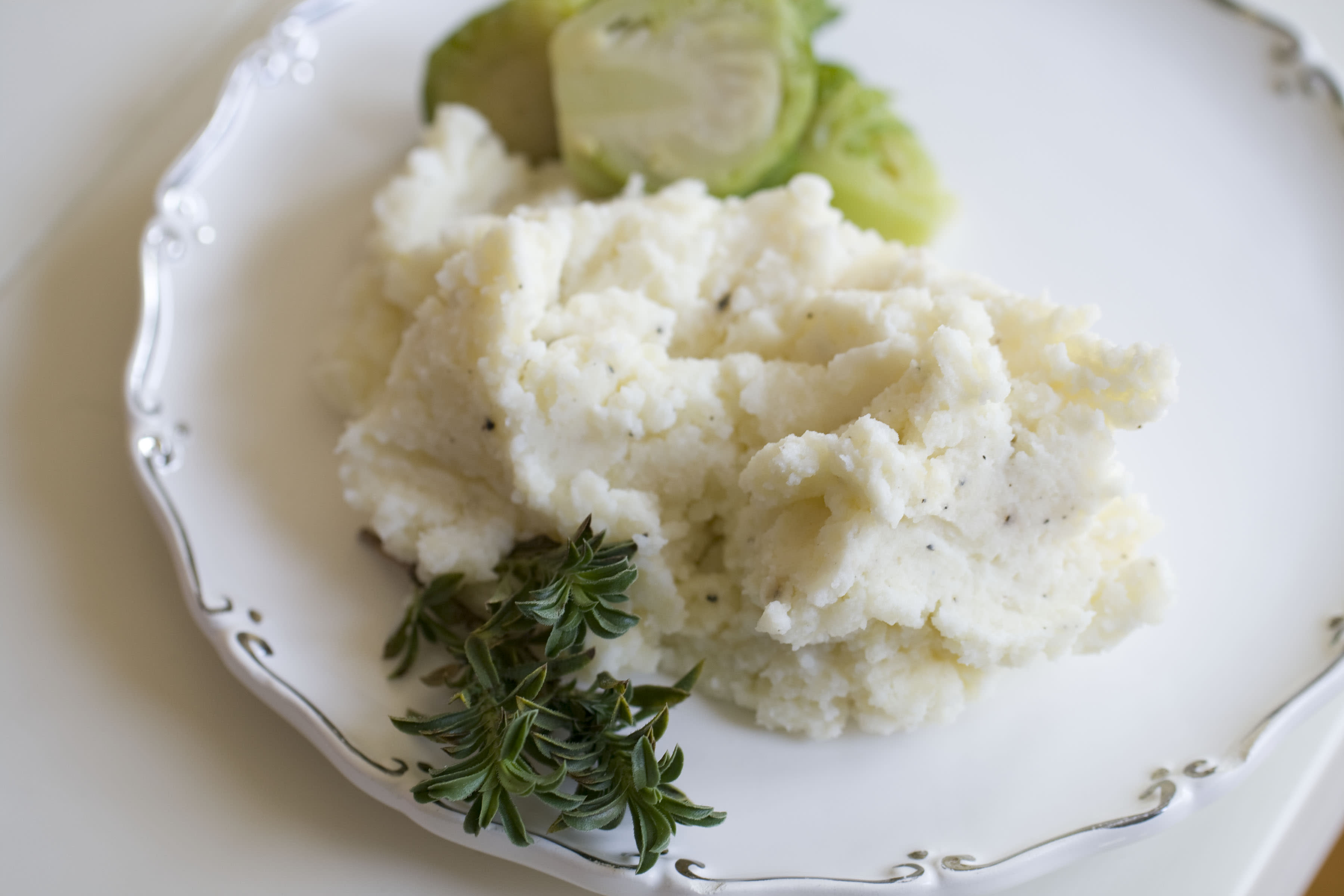
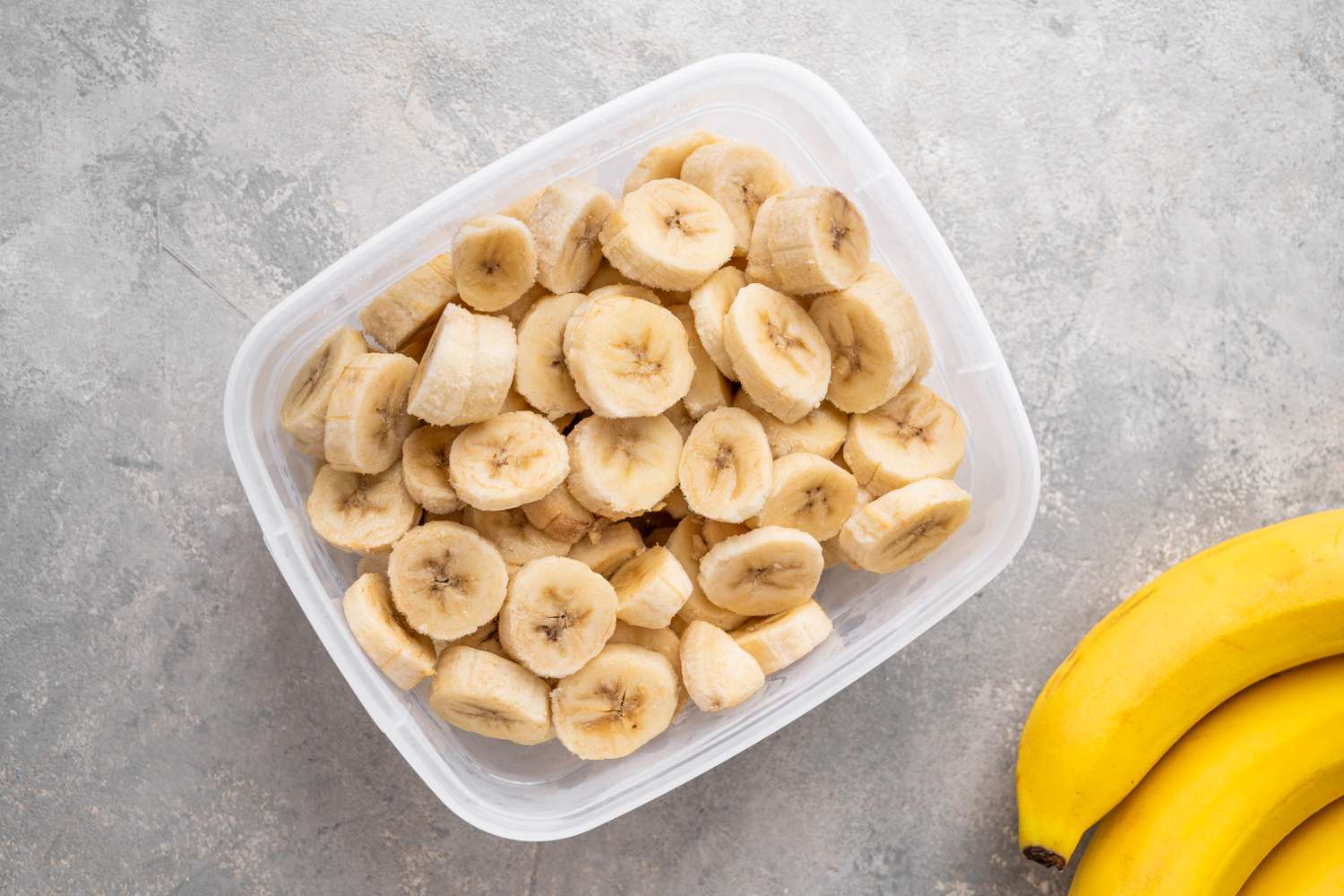
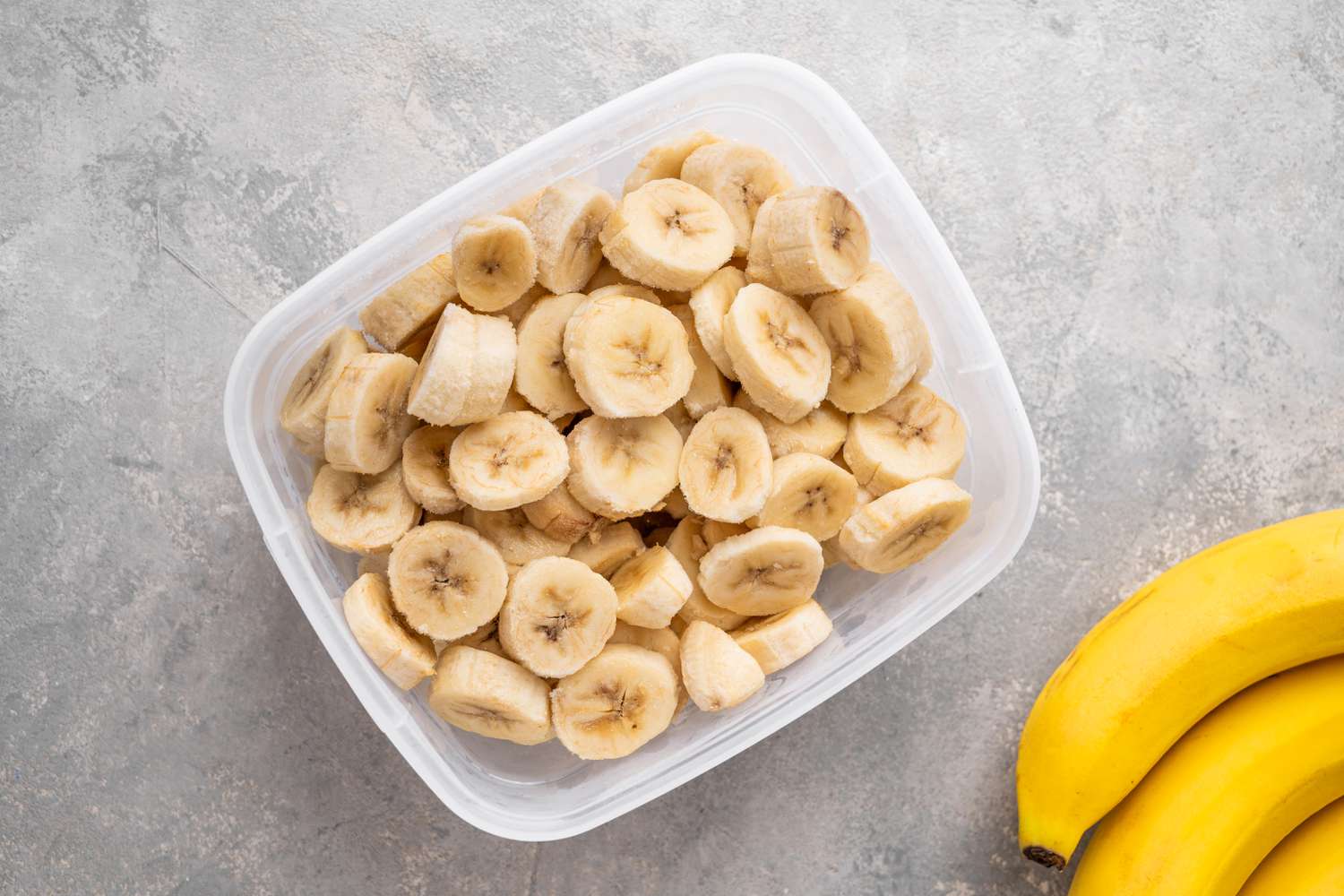
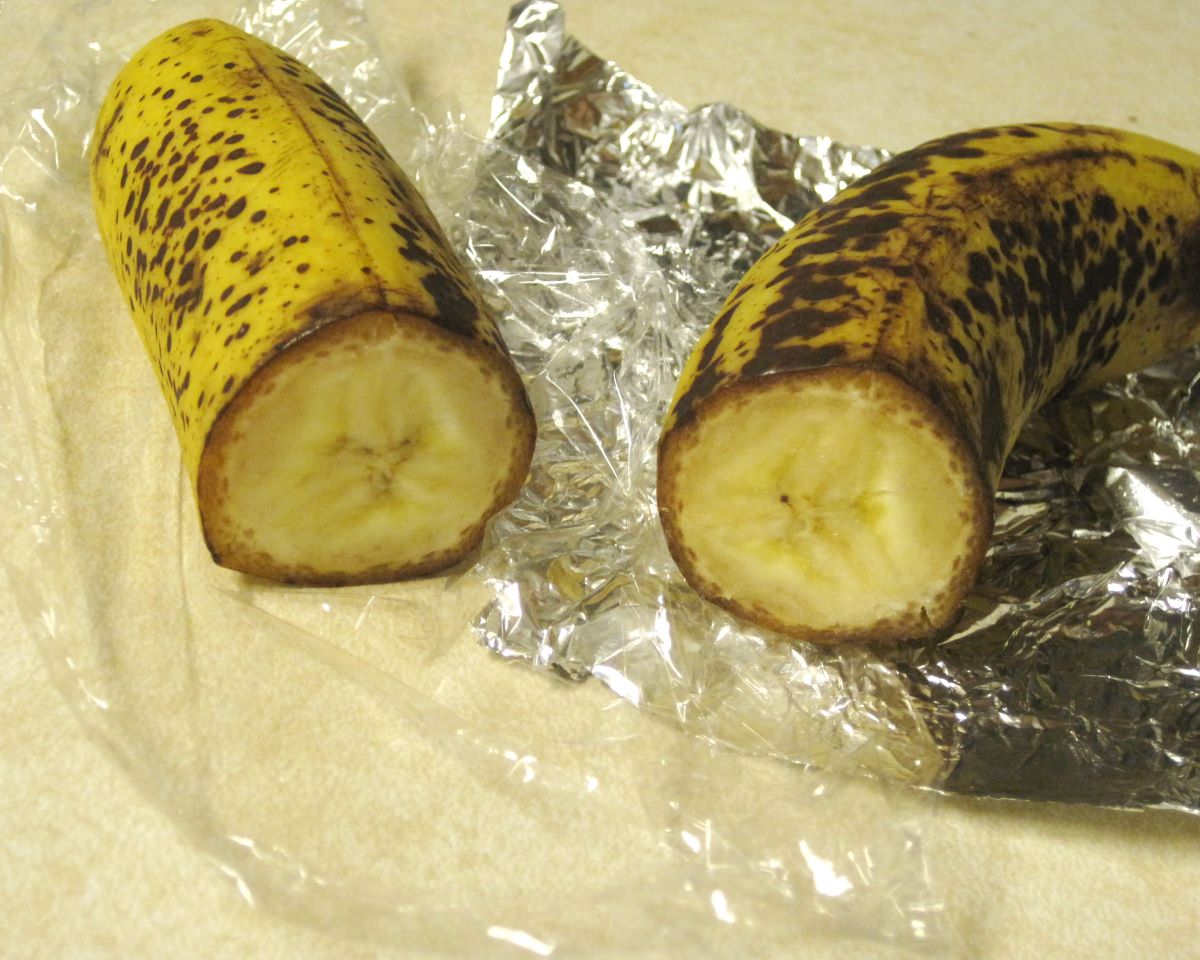
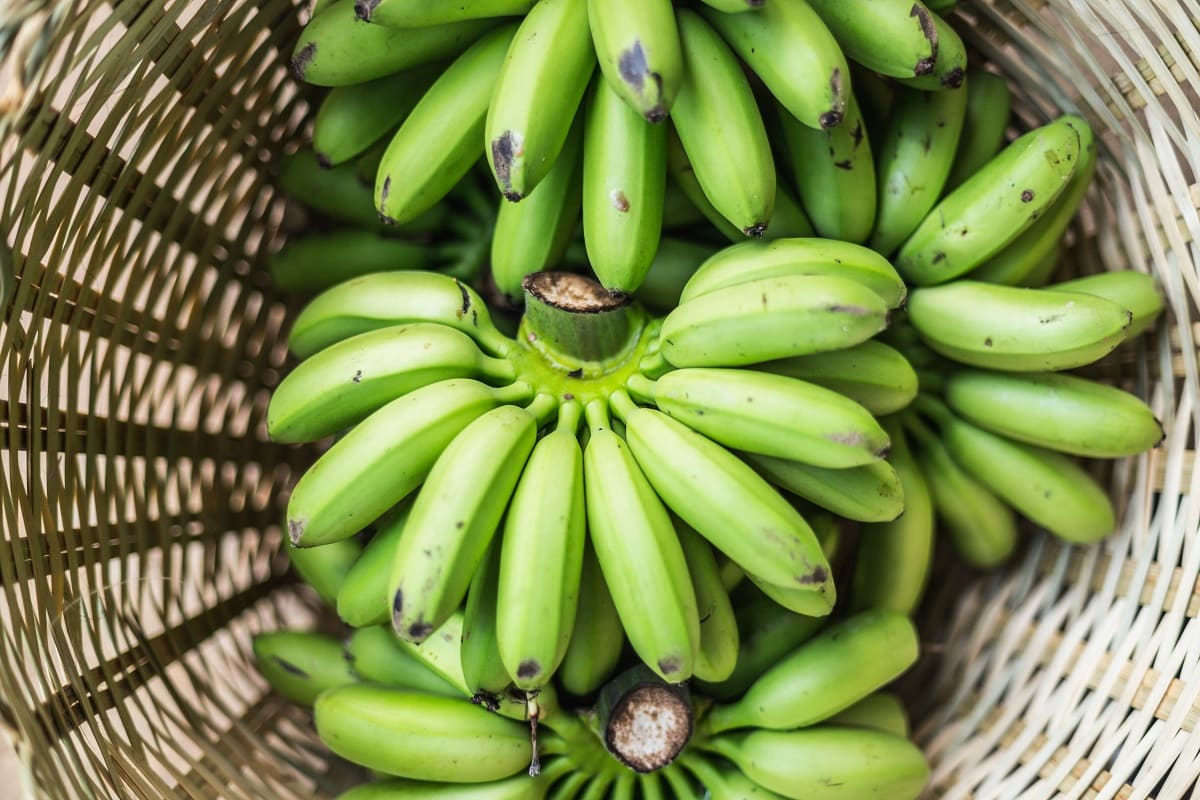
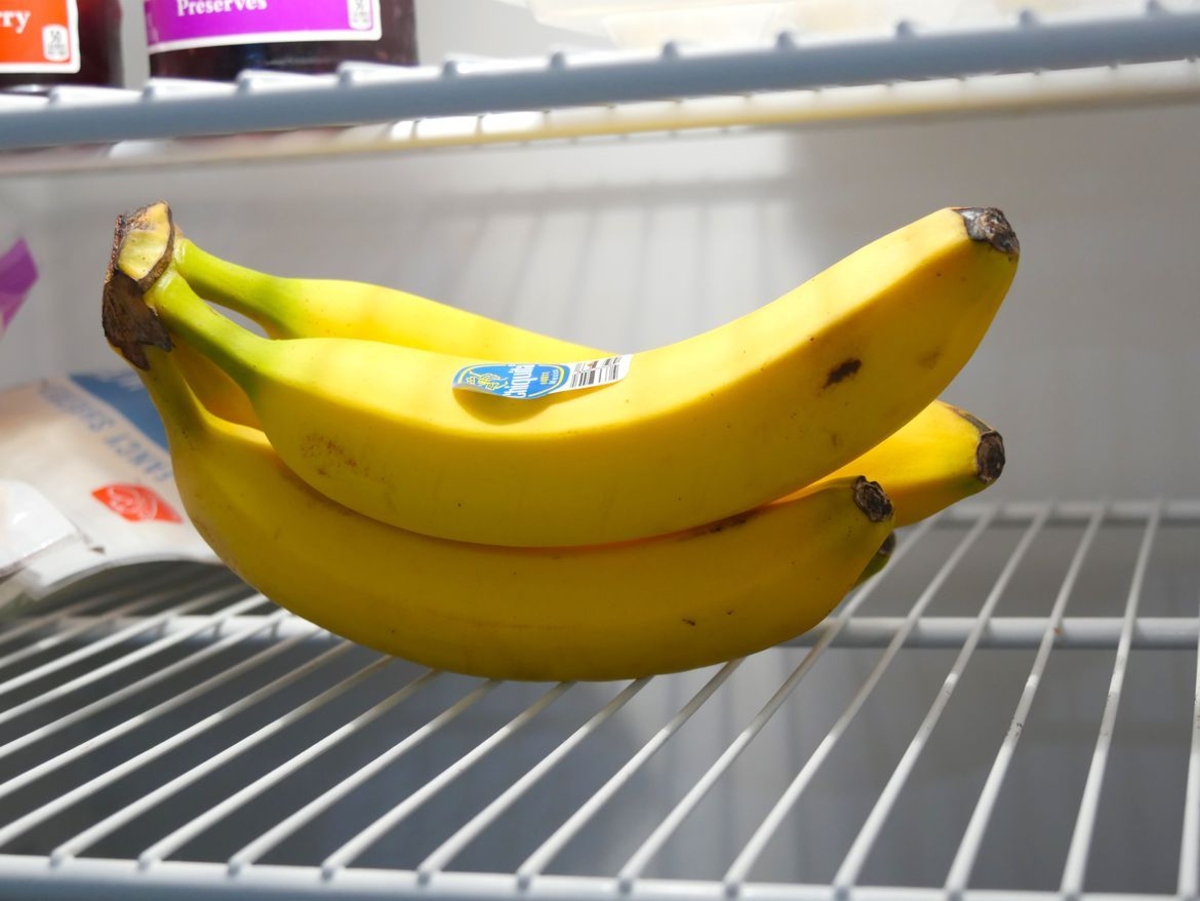
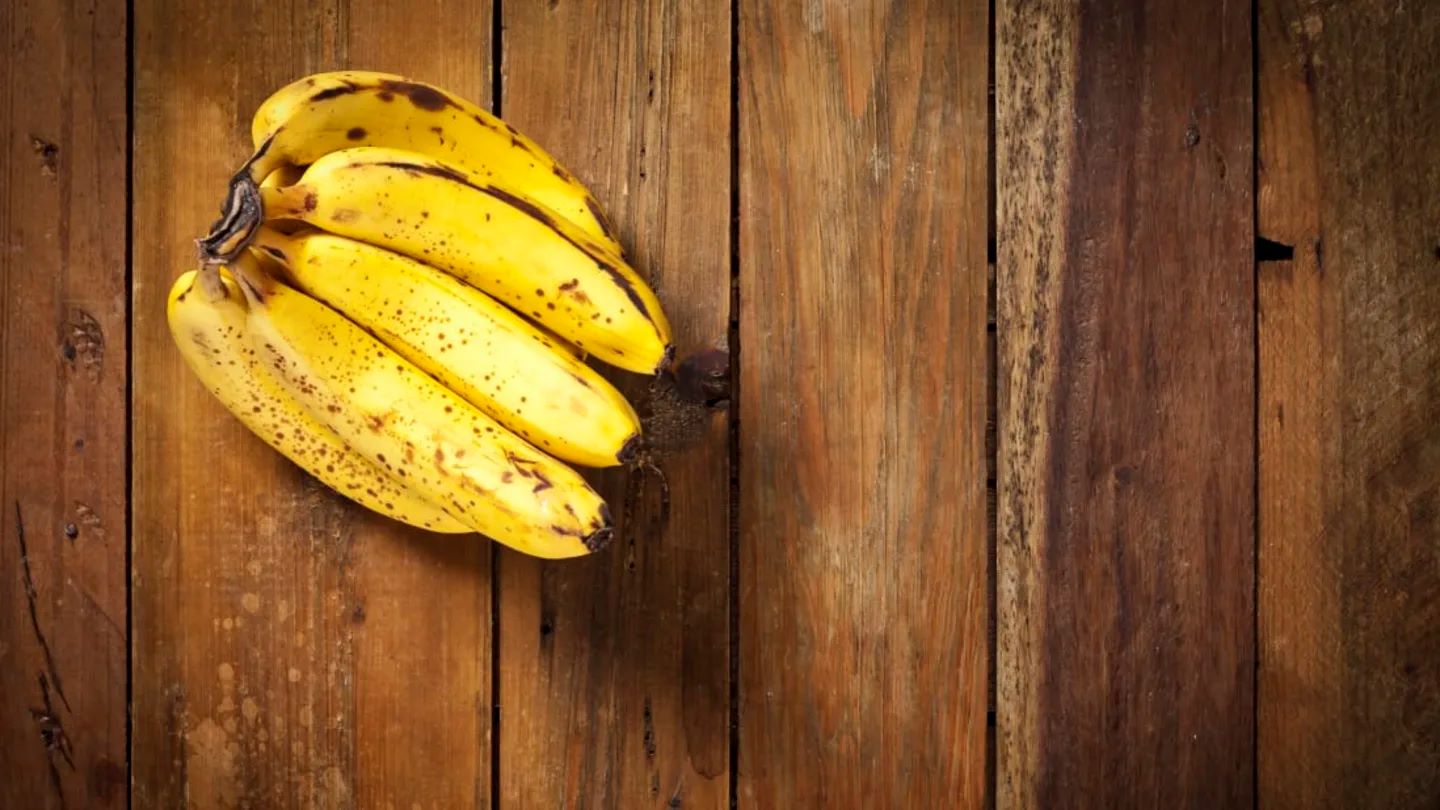
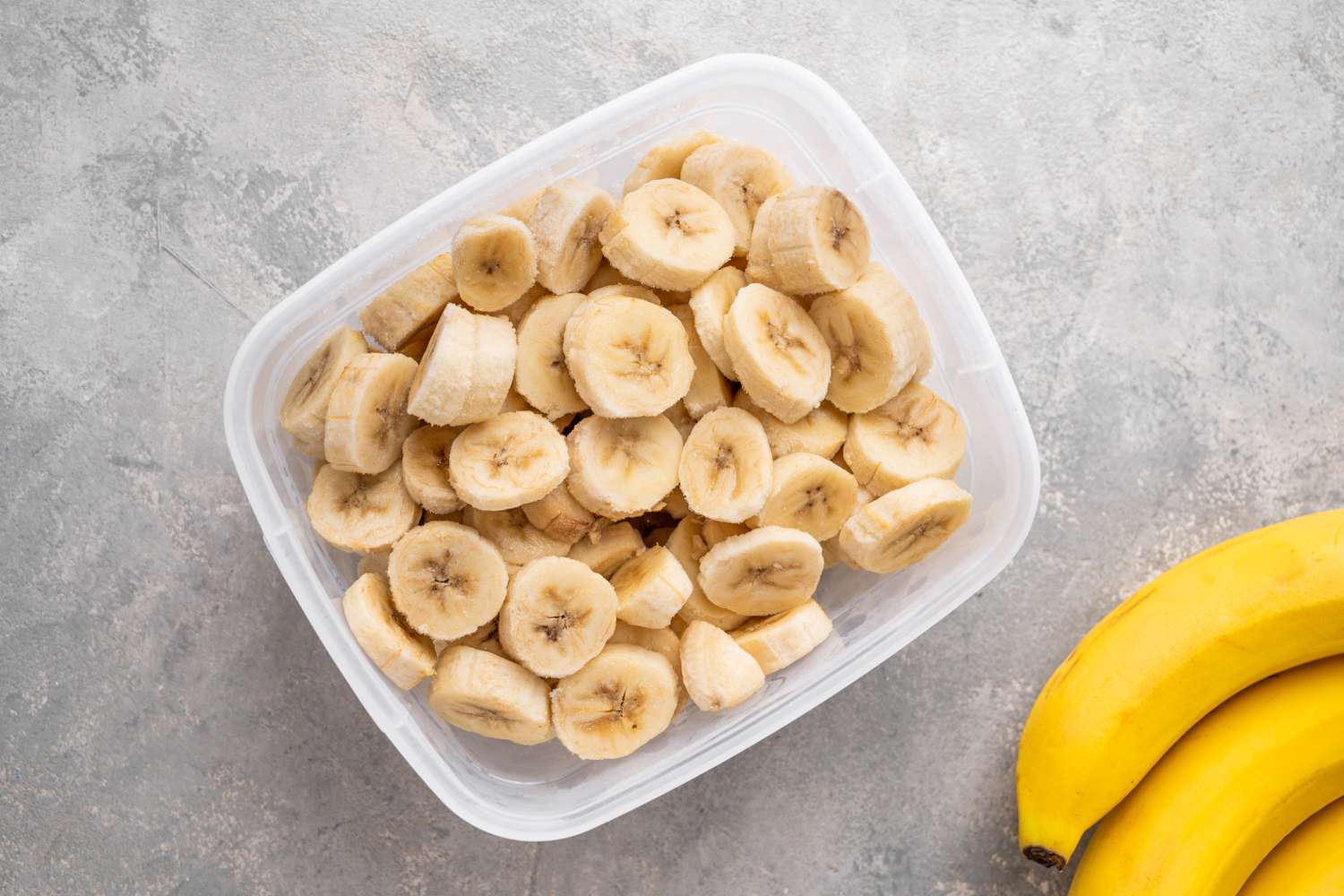
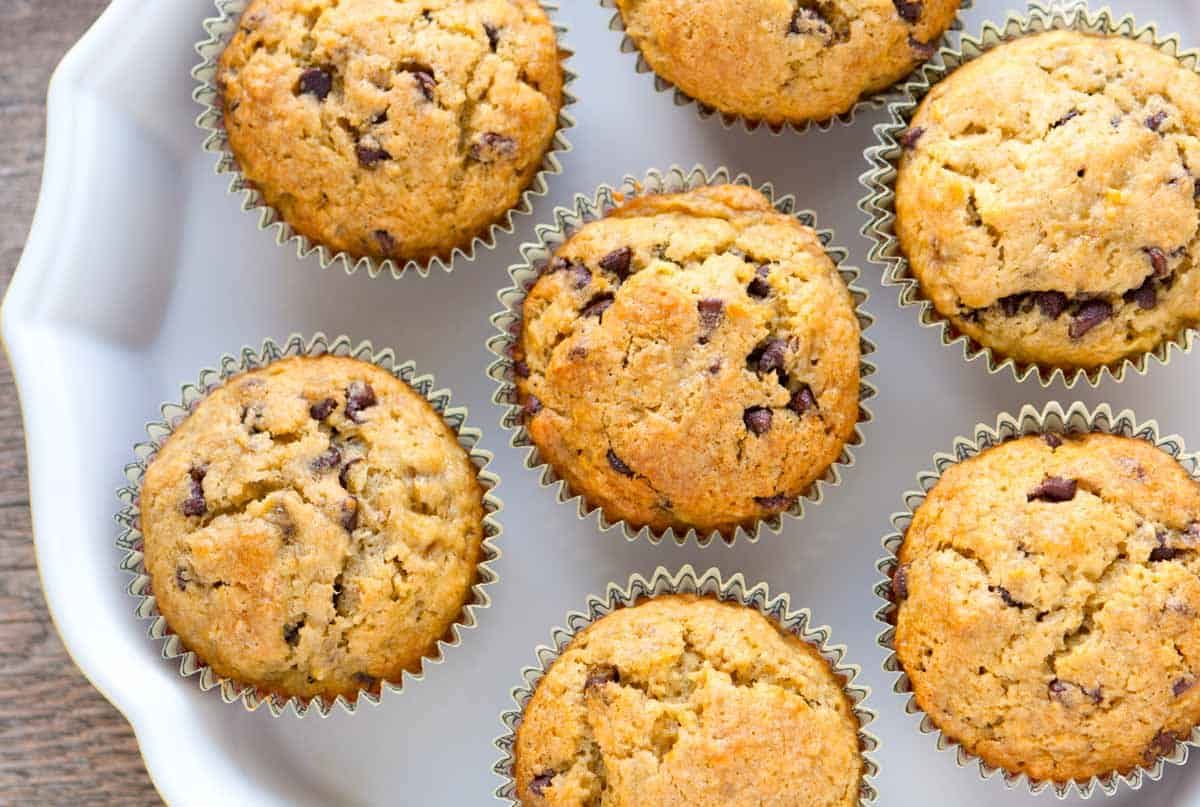
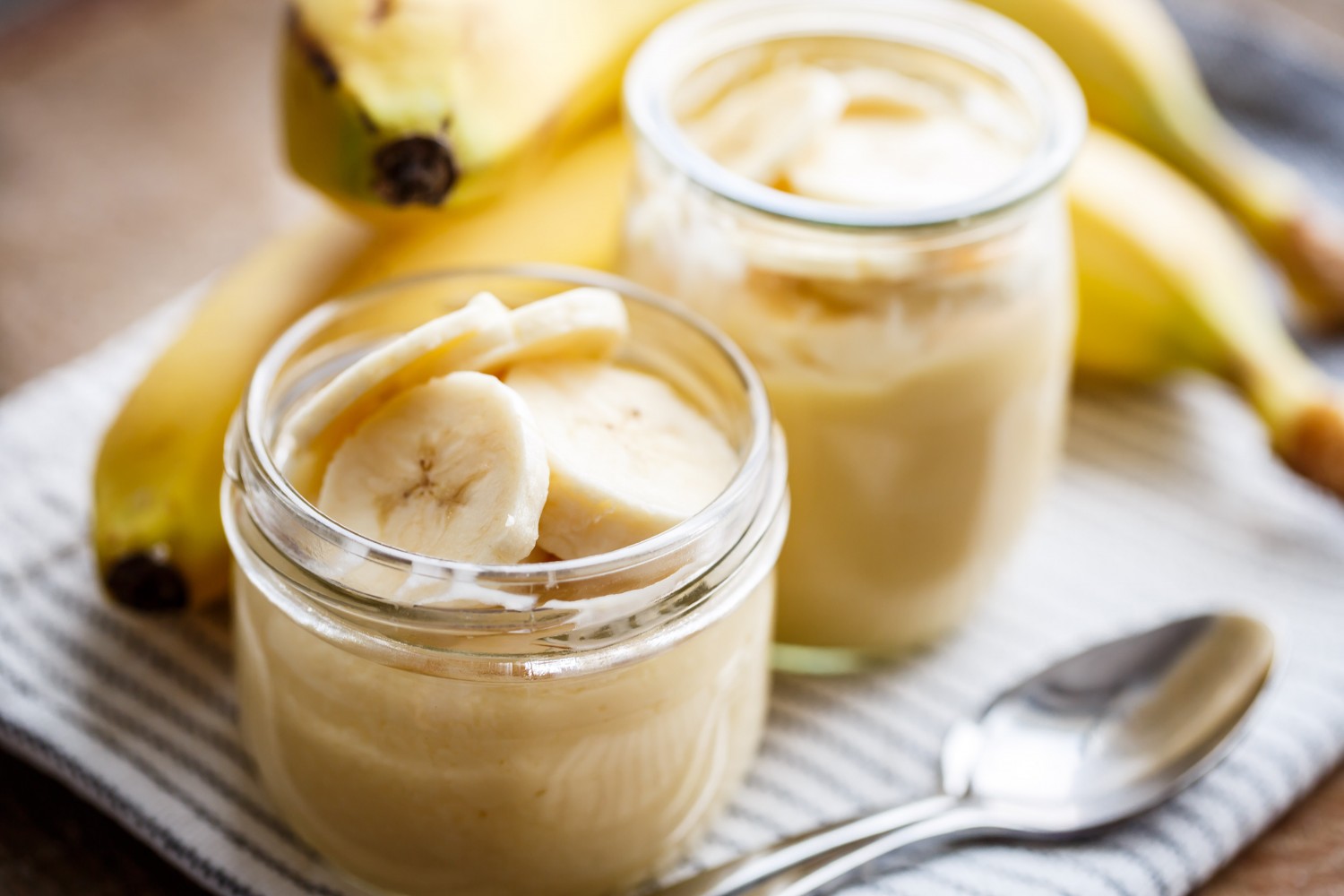
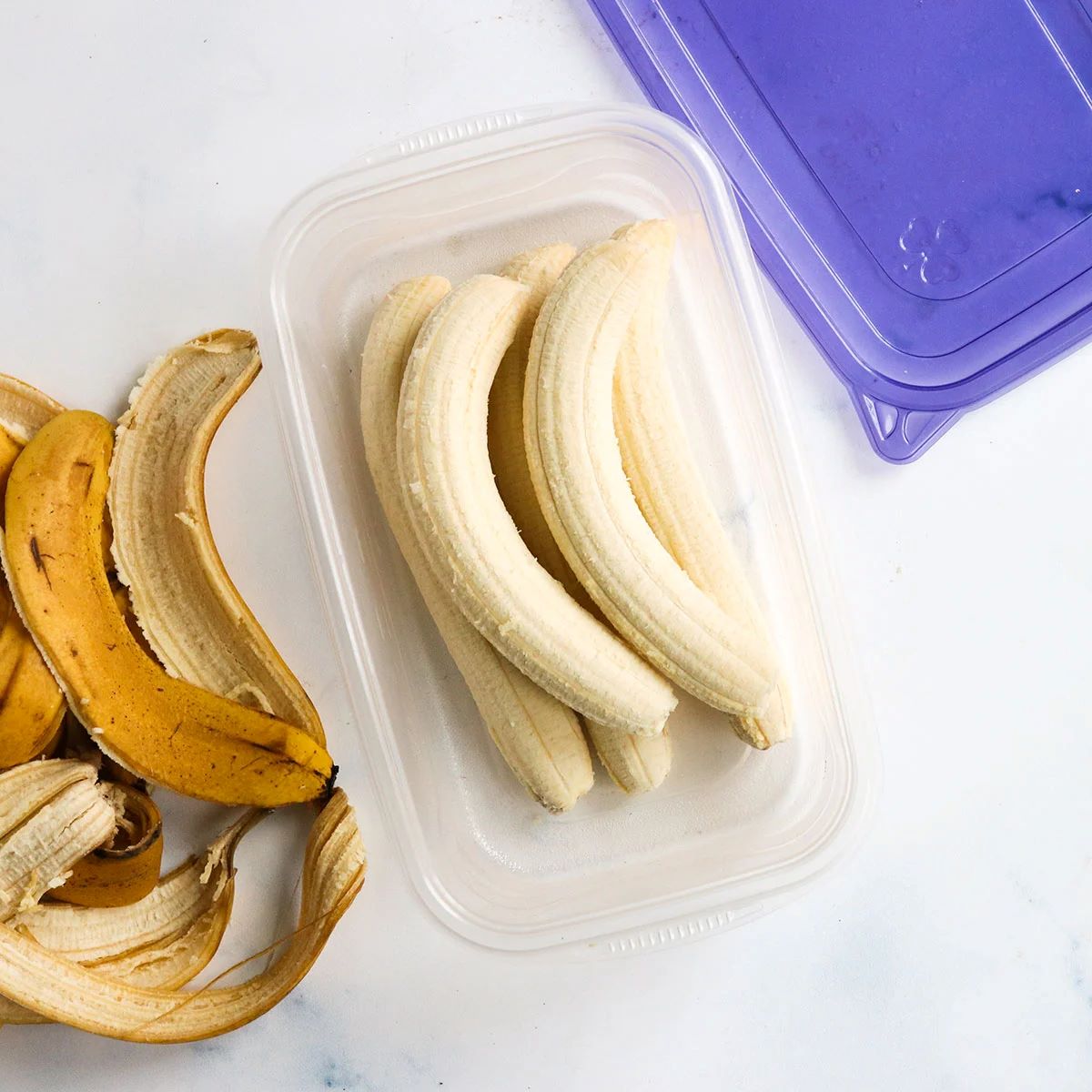
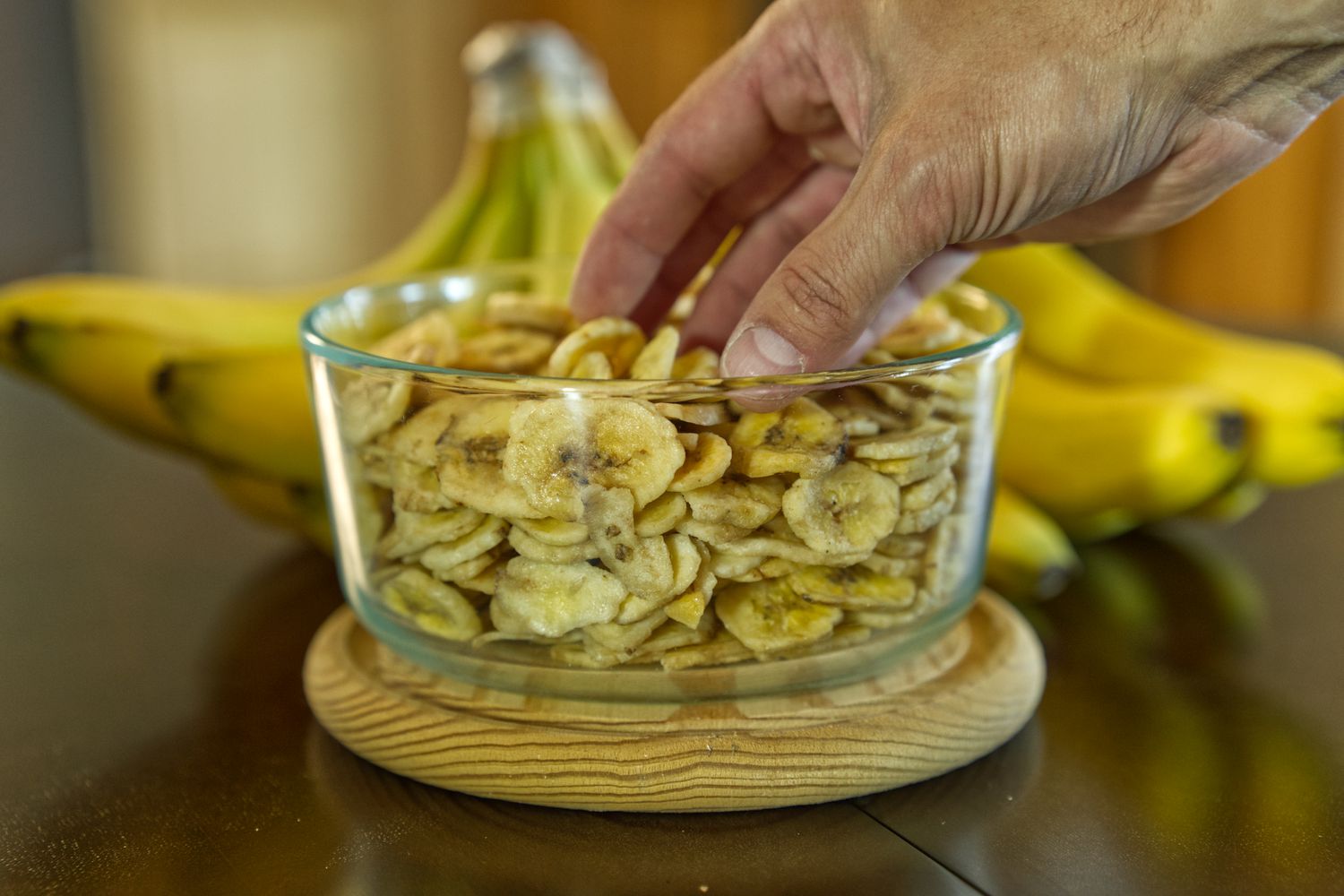
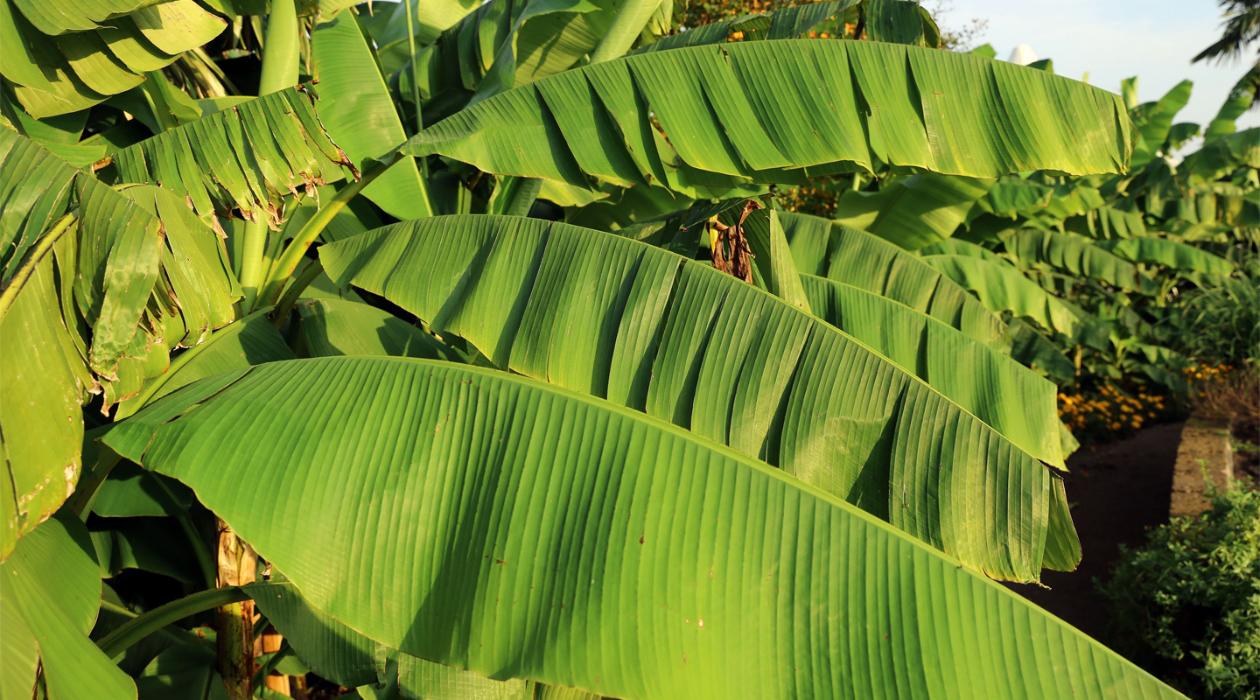
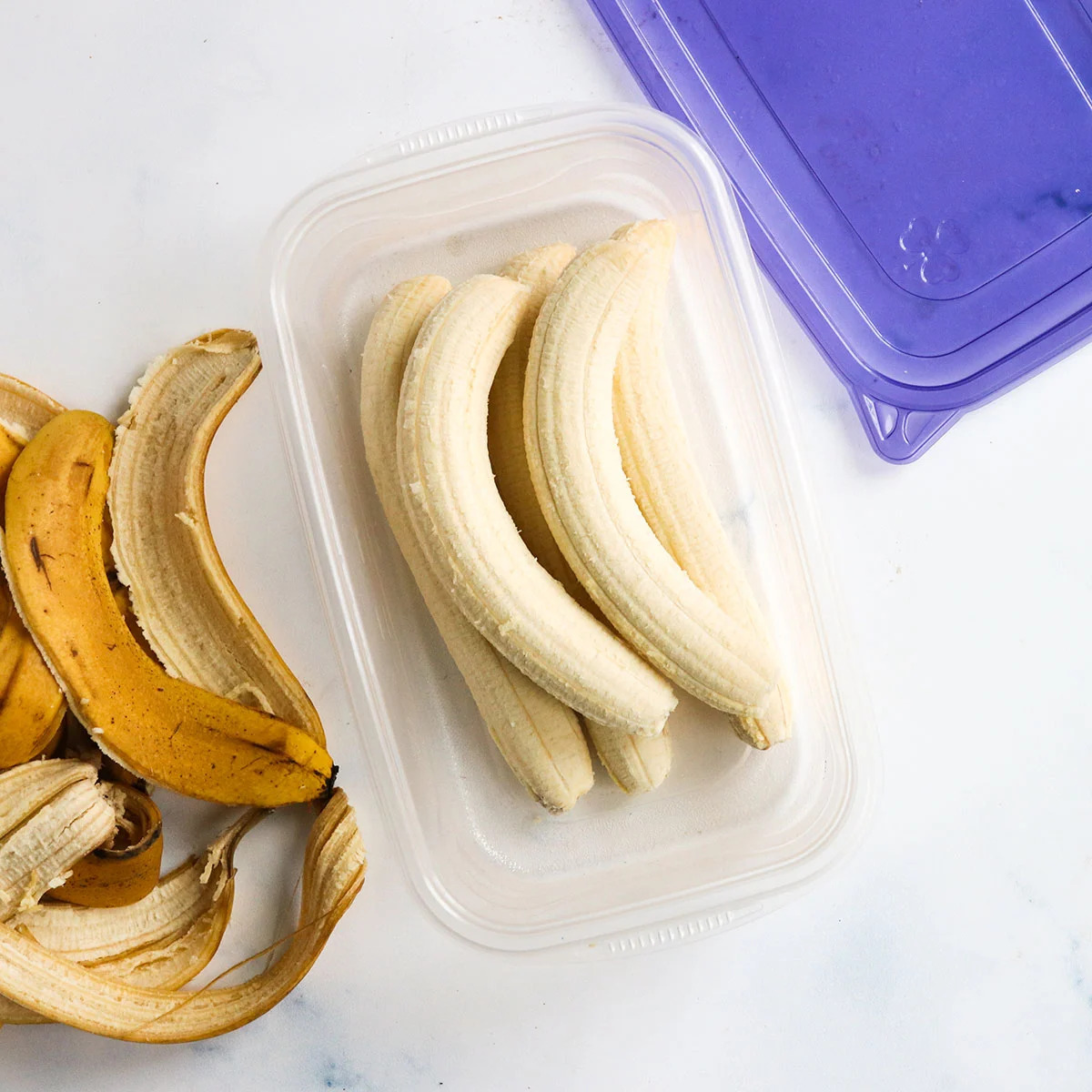

0 thoughts on “How To Store Mashed Bananas”